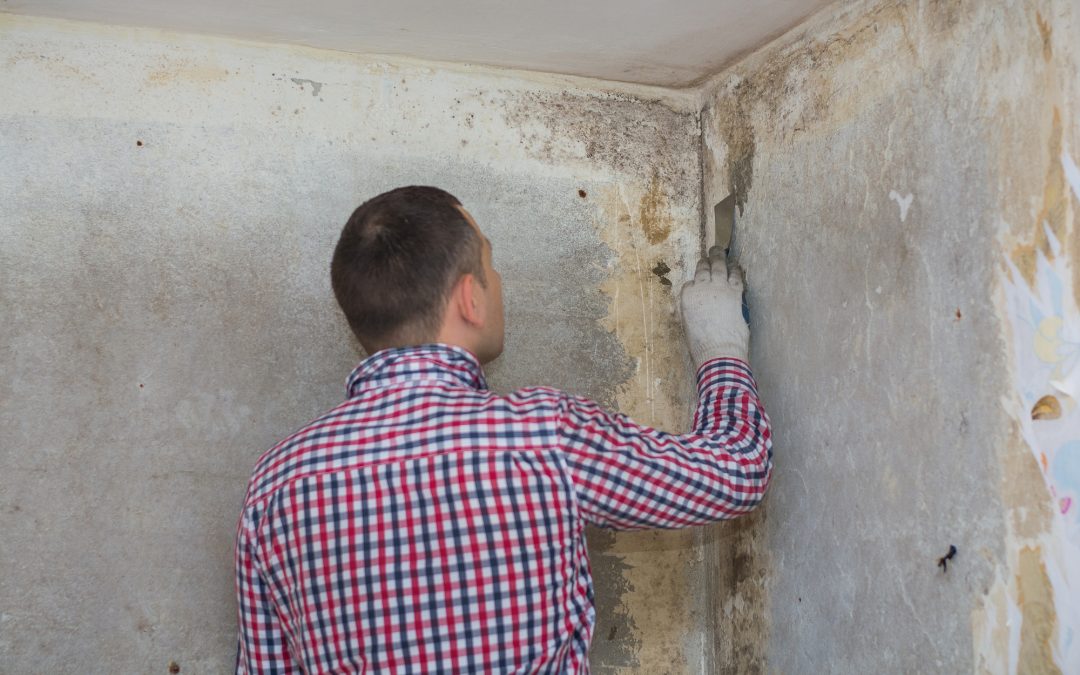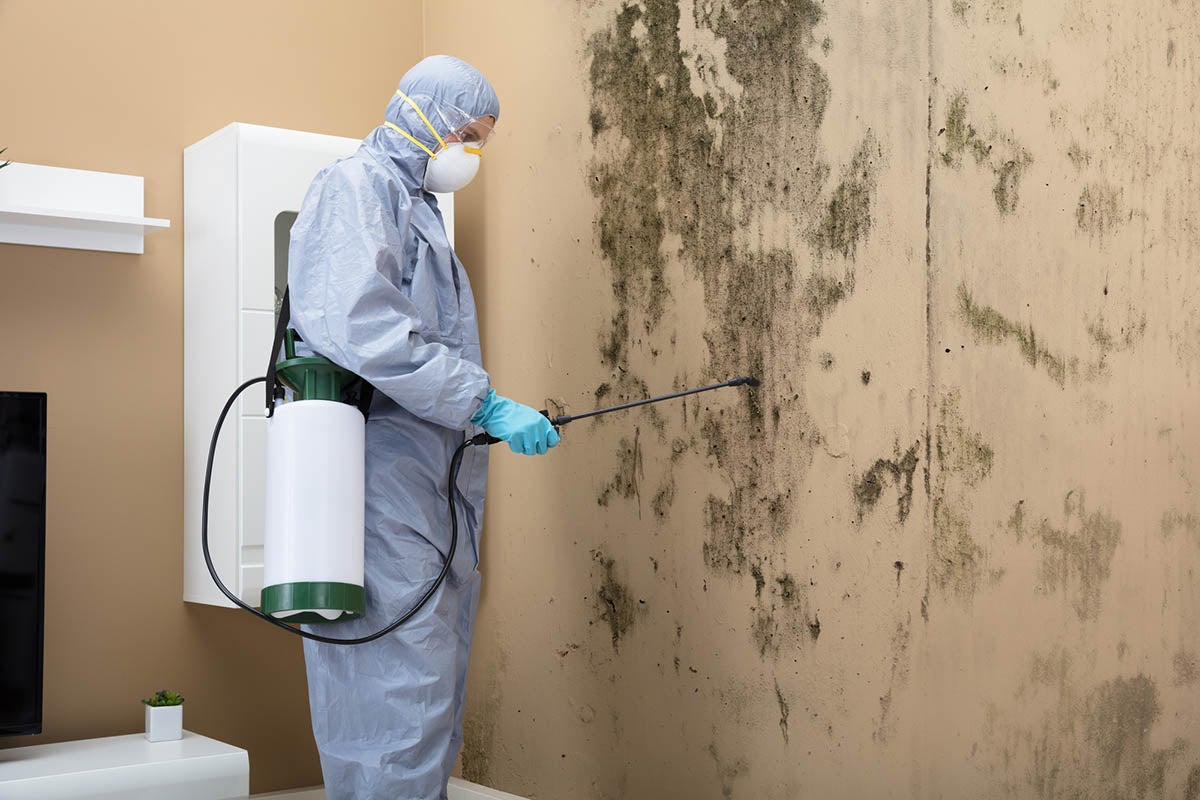Situating Post Remediation Inspection Near Me Providers
Your Ultimate Guide to Blog Post Mold And Mildew Removal Techniques
Navigating the realm of post-mold removal methods is a meticulous process that demands attention to detail and a comprehensive understanding of the complexities involved. In the aftermath of mold and mildew infestation, knowing just how to efficiently eradicate the mold and mildew and avoid its reoccurrence is critical for maintaining a healthy interior environment. From picking the appropriate cleaning and decontaminating methods to implementing methods for long-lasting mold and mildew prevention, each step in the removal trip plays a critical role in guaranteeing a successful end result. As we start this exploration of post-mold removal methods, we will certainly uncover the key methods and finest methods that can aid you recover your space to its pre-mold condition and secure it versus future mold hazards.
Recognizing Post-Mold Remediation Process
After finishing the mold remediation process, it is crucial to recognize the post-mold removal methods that are necessary to guarantee a comprehensive and efficient clean-up. Once the mold and mildew has actually been eliminated, the following action entails cleansing and sanitizing the influenced locations to stop any type of regrowth of mold and mildew. This includes utilizing specialized cleaning representatives to clean down surface areas and eliminate any type of remaining mold and mildew spores. It is necessary to dry the area completely to discourage the development of mold in the future (Post Mold Remediation Report). Proper ventilation and dehumidification can help in this process.
In addition, performing a final inspection post-remediation is important to make sure that all mold and mildew has actually been effectively eradicated. If the assessment reveals any kind of lingering mold, added removal might be necessary.
Effective Cleaning and Sanitizing Techniques

Preventing Future Mold Development

Relevance of Appropriate Air Flow
Correct ventilation plays a vital duty in protecting against wetness build-up, a vital consider mold and mildew development within interior atmospheres. Efficient ventilation systems assist eliminate excess moisture from the air, decreasing the opportunities of mold and mildew spores finding the wetness they require to sprout and spread. Without appropriate ventilation, indoor areas can end up being a breeding place for mold and mildew, leading to possible health risks and architectural damages.
By ensuring correct air blood circulation, ventilation systems can likewise assist in drying wet locations more rapidly after water damages or flooding cases, further deterring mold and mildew growth. what to do after mold remediation. In spaces like washrooms, basements, attic rooms, and kitchen areas where wetness levels tend to be higher, setting up and keeping reliable air flow systems is critical in protecting against mold and mildew problems

Tracking and Upkeep Tips
Offered the essential role that appropriate air flow plays in avoiding mold and mildew growth, it is necessary to develop reliable tracking and upkeep pointers to make sure the continued capability of air flow systems. Surveillance moisture degrees within the property is likewise essential, as high humidity can add to mold development. By staying mindful and aggressive to the condition of ventilation systems, residential property proprietors can properly alleviate the risk of mold and mildew regrowth and keep a healthy indoor atmosphere.
Verdict
To conclude, post-mold removal methods are necessary for making certain a tidy and risk-free setting. Comprehending the process, carrying out efficient cleaning and decontaminating techniques, protecting against future mold and mildew growth, maintaining correct air flow, and normal surveillance are all critical steps in the remediation process. By adhering to these guidelines, you can efficiently get rid of Learn More mold and mildew and avoid its return, promoting a healthy and balanced living or working room for all occupants.
In the results of mold problem, recognizing how to successfully remove the mold and stop its reoccurrence is critical for preserving a healthy interior environment. When the mold has actually been removed, the next step includes cleaning and disinfecting the affected locations to prevent any type of regrowth of mold and mildew - Post Mold Remediation. After removing noticeable mold and mildew growth, it is crucial to clean up all surfaces in the damaged area to get rid of any staying mold and mildew spores. To additionally enhance mold avoidance steps, it is vital to resolve underlying problems that initially led to mold development.Given the vital role that appropriate ventilation plays in stopping mold and mildew development, it is important to Read More Here develop effective surveillance and upkeep suggestions to ensure the ongoing functionality of air flow systems